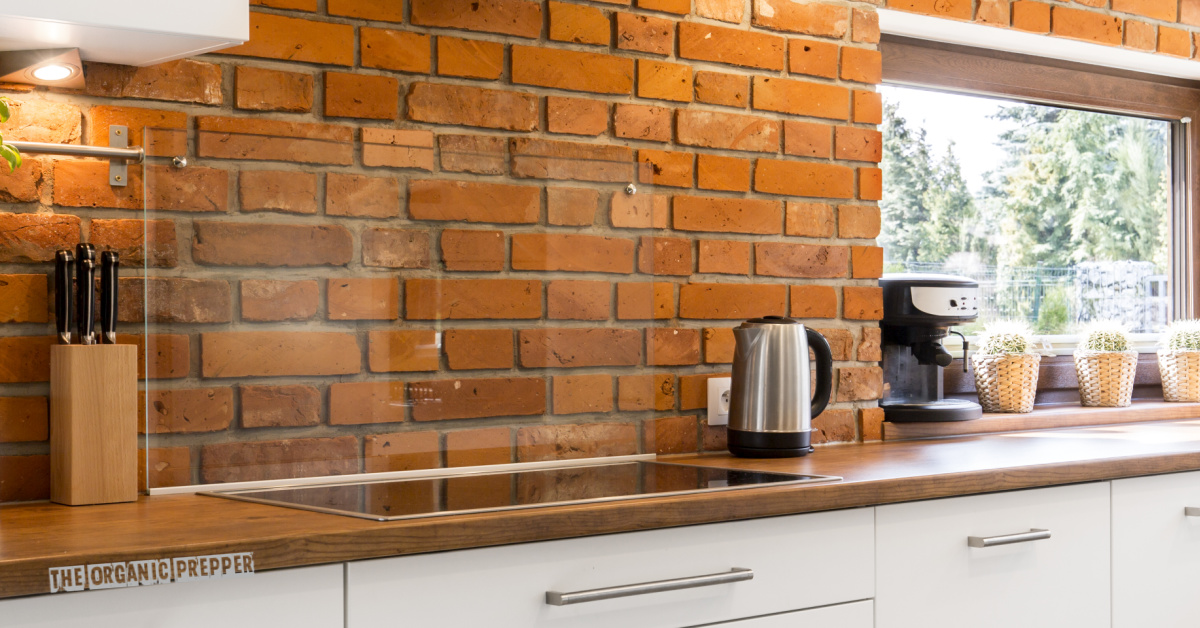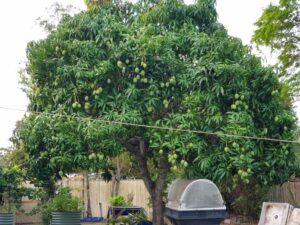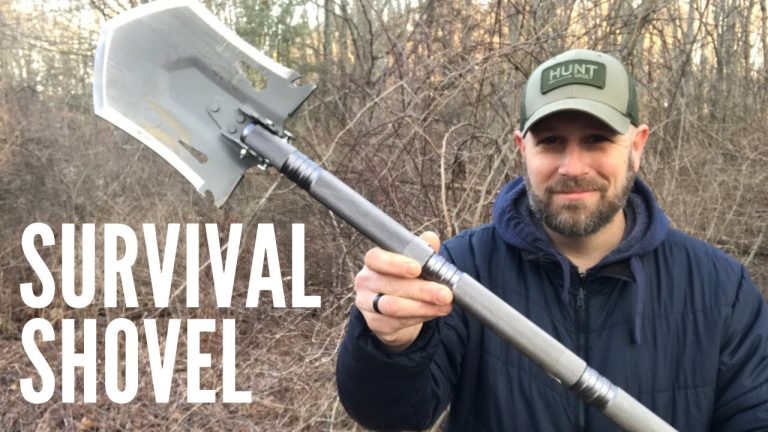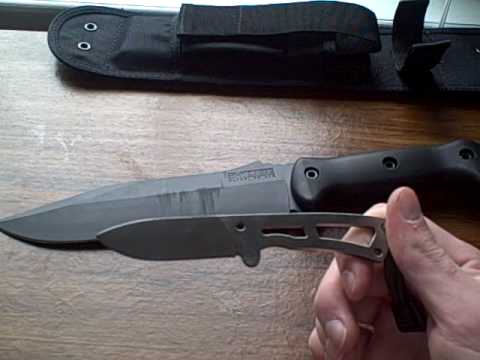(Psst: The FTC wants me to remind you that this website contains affiliate links. That means if you make a purchase from a link you click on, I might receive a small commission. This does not increase the price you’ll pay for that item nor does it decrease the awesomeness of the item. ~ Daisy)
In the universe of the industrial world, there are concepts that I like the most. One of them is the concept of “Essential Variables” related to welding processes. It’s self-explanatory enough. I believe that our life is going to be easier if we categorize our gear under three different levels of the word “Essential.” This article explains the main reasons why I believe an induction cooktop (with the corresponding kitchenware! as otherwise is nothing but a fancy brick) is a piece of equipment that can be considered essential.
“Level 1 Essential” includes the gear you can’t make it without. That depends on your particular situation of course. A good, reliable hunting tool, your defense tool, the items for communications with your group, for instance. A vehicle, the shelter or BOL, a wood stove or fireplace. All of those, you fill out the form according to your needs. The other two levels of relevance will decrease in importance of the items within them of course.
Why I use an induction cooktop
As usual, everybody’s situation is different. Let’s put it this way: if you live in a cabin in the deep forest, with plenty of firewood and a fireplace, your need for an alternative cooking heat source is not the same as I may have.
Tropical forests can appear lusty and fast-growing, but only for certain species. The ones with higher density, more efficient for firewood, grow slower for reasons that a specialist could explain better.
If the lucky person living the dream has an average-sized battery rack and doesn’t receive too much sun, maybe the energy has a better use with other applications, like pumping water into the tanks or heating the chicken’s coop, than powering a cooktop.
In my case, where the gas cylinders can disappear from the shelves overnight because the supply is controlled by you-know-who, just like the power supply, having alternative means is a wise choice. The most efficient use of a cylinder gas (for me) is using it to feed my generator and plug the refrigeration equipment while using the induction cooktop simultaneously.
This is why, although the stove would use a tiny amount of gas for cooking with a flame, using it as fuel for the generator and extending our capabilities for cold storage and using the induction stove simultaneously is a double benefit.
Induction Cooktops
Induction cooktops are a type of stovetop that uses a physical principle named electromagnetic induction to heat cookware. This means that a rapid-moving electromagnetic field (don’t worry about this, the electronics will) heats a stationary, physically unconnected element sandwiched in the middle layer at the bottom of your pot, frying pan, or even your espresso coffeemaker instead of a conventional resistance that turns red-hot and it’s scary to even look at. Without this connection, the power loss is practically nonexistent and neglectable. Meaning that most of the power is converted into heat.
They are becoming increasingly popular in many parts of the world, and for good reason. They are more efficient than traditional gas or electric stoves and safer and easier to use. In my short time in Ecuador, the government had an official campaign to replace the resistance-based stoves that consumed too much power for this technology. This country’s main cities have to supply energy from places far away. Public consumption is high because of the permanent cold weather, mainly in Quito: hot beverages with all sorts of herbs are a necessity. Then, the savings with a technology change make lots of sense.
They are also widely used in Europe, with its energy crisis, and older cooking methods are being replaced with induction cooktops when new kitchens are installed.
Here are the advantages of an induction cooktop.
For preppers, induction cooktops offer several advantages. Here are three reasons why every prepper should consider investing in one.
1) Efficiency
Induction cooktops are highly efficient. They convert up to 85% of the energy they use into heat, compared to just 40% for traditional gas stoves and 80% or less for conventional stoves with resistance heating elements. This means money savings on the energy bills. In induction cooktops is the cookware itself that converts the energy and gets hot.
2) Safety
Induction cooktops are also much safer than traditional gas stoves. They do not produce any flames or fumes, and they are less likely to cause fires. This is an important consideration for us for obvious reasons. Living in a disaster zone or other hazardous environment where gas leaks can be everywhere they are very convenient.
In the scenario where you need (for whatever reason) to cook without smoke to avoid disclosing your position, this is the equipment to use. They can boil water or other liquids in a hurry, as there is very little heat dissipation to the surroundings because all of the energy is transferred to the content of the vessel.
Odors are a different issue.
Coil resistance heating elements are a real hazard, too, as any contact with a rag or any hot oil spill will produce an instant fire, not to mention you’re very close to an almost red-hot metal.
Don’t ask how I learned this…
Even more, if this coil is hot and receives a splash of some liquid, even if this is boiling, the chances of ruining it are high. The sudden cooling (even if the liquid is boiling) will make the material shrink and crack, and the stove stop working. This is a severe threat if you are in the middle of a heavy winter storm. Unless you can replace it (which means let it cool first) in a hurry and put it back to work before you’re too cold. On the other hand, if there is some malfunction or short-circuit could result in a fire. We ALWAYS unplug these stoves, used only in emergencies when there is no cooking gas.
3) Convenience
Induction cooktops are also very easy to use. They have a smooth, flat surface that is easy to clean (excellent for single dads like me!) and precise temperature controls that make it easy to cook your food perfectly. Some comfort creatures like auto-power-off timers make the whole device much more versatile. What can I say? I am a fan and happier than ever to have bought this thing.
Powering our cooktop
In a disaster situation, or one where we don’t have access to the power grid, we must use our resources as efficiently as possible. Every watt of electricity counts and induction cooktops can help you save those watts. A sinusoidal wave inverter is the best choice – mind you, these cooktops have electronics. However, it is a one-time acquisition, and this same inverter will surely power your other electronics, too.
Being creative with the wiring is a good skill to master, though. Unless your BOL is a huge, complicated one, this could be done well by thinking ahead a little. I like compact spaces as a headquarters, without too much furniture in the middle so one can walk freely. All of the wall space, though, should be used to organize gear and all the other items. You could locate your “office” or “surveillance room” or whatever you call the place your electronics are going to be (with a wall in the middle) behind the kitchen, so you can just run a wire through the wall and plug the cooktop.
In the event of a power outage, induction cooktops can still be used as long as a backup power source is available.
Portable induction cooktops seem to have earned their place. It is worth giving them a try, to diversify our gear and means to purify water, cook, or heat. I prefer them over the glass-ceramic stoves for obvious reasons, being the efficiency one of them.
Things to consider when choosing an induction cooktop
Here are some additional for those considering purchasing an induction cooktop:
- Choose a cooktop with a large surface area. This will give you more cooking space, which is important if you cook for a large group. This will save fuel by cooking faster if you run your generator to cook. In the long run, saving fuel can be a valuable advantage.
- Look for a cooktop with a variety of features. Some features that can be useful for preppers include a timer, a keep-warm setting, and a safety lock.
- Make sure the cooktop is compatible with your cookware. Induction cooktops require cookware made of ferromagnetic materials, such as cast iron or stainless steel. This last option is the one I like the most, as it is light and easy to clean.
As an anecdote, I found something interesting before sitting down to write this article. My gas cylinder will be empty soon, so I took my portable induction stove out and plugged it in. It emits a beeping sound when the inductive coil doesn’t “feel” the pan or pot to cook. I filled out my little but faithful two-cup espresso stainless steel coffee maker and put it on top of the stove to see if the beeping stopped…much to my surprise, it started to heat instantly. Meaning it’s induction-compatible! It is an Italian-made appliance, and when I bought it, I didn’t even know it was induction-compatible. It has no markings anywhere. Maybe it was on the box, but I can´t even remember ever having seen that on the package.
This lovely coffee maker has been with me for over 15 years and found its place in my suitcase down to Peru, and back.
Now, I can keep cooking with far less energy usage as long as I have a way to power my stove.
To finish, the risks of modern cooktops interfering with other appliances or devices are practically inexistent, too. The radiation level is much lower than a microwave.
This is based on my own experiences with my portable humble cooktop!
I look forward to hearing your comments!
Stay safe, and keep tuned!
Have you ever used an induction cooktop?
Are you a fan of induction cooktops? Do you have a stove like this in your home? Have you used one before? Do you have any additional tips for using these?
Let’s discuss it in the comments section.
About Jose
Jose is an upper middle class professional. He is a former worker of the oil state company with a Bachelor’s degree from one of the best national Universities. He has an old but in good shape SUV, a good 150 square meters house in a nice neighborhood, in a small but (formerly) prosperous city with two middle size malls. Jose is a prepper and shares his eyewitness accounts and survival stories from the collapse of his beloved Venezuela. Jose and his younger kid are currently back in Venezuela, after the intention of setting up a new life in another country didn’t go well. The SARSCOV2 re-shaped the labor market and South American economy so he decided to give it a try to homestead in the mountains, and make a living as best as possible. But this time in his own land, and surrounded by family, friends and acquaintances, with all the gear and equipment collected, as the initial plan was.
Follow Jose on YouTube and gain access to his exclusive content on Patreon. Donations: paypal.me/JoseM151
















